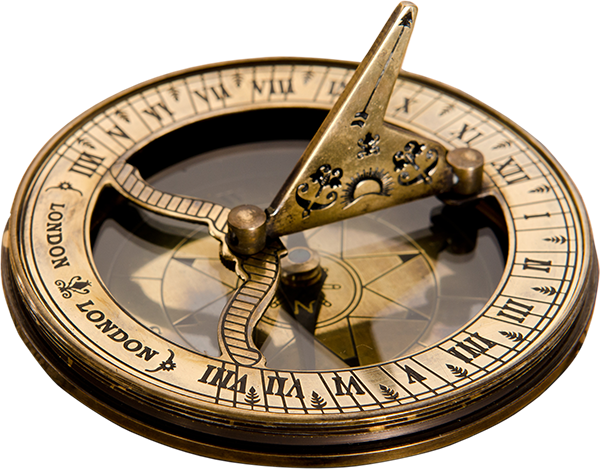How to apply some basic usability to improve our SEO work
One of the basic rules of web usability is to place mutually reinforcing elements next to each other, with the goal to clarify a specific statement or idea, to lead to a conversion, to acquire a lead or to improve the overall look and feel of the page.
Think about testimonials next to hotel rooms or product pages, or high-definition images located next to product descriptions, or a sign-up form located at the end of a blog post or an article.
As an example, have a look at this page on the well-known online dating site RSVP:
On this page:
- The “success stories” are placed right next to the sign-up form. By reading the testimonials (and by seeing all those happy couples smiling and hugging each other) any person, even the more skeptical, is prompted to become a member of the online dating community.
- Informative stats are located right below the “Join RSVP” button (over 1,200 new profiles every day), providing credibility to the website.
- Visitors are able to search the website and explore people profiles even if they haven’t subscribed yet thanks to the “quick search” functionality.
All these elements, if located on different pages, wouldn’t have as much impact compared to when they are put next to each other.
This is the power of smart adjacency. It maximizes the overall effectiveness of the page and its power to achieve a specific outcome (in this case, get more singles to join RSVP) by providing insights to the user, without useless interruptions.
The same principle can be applied to the way our SEO tasks are structured.
How?
By clustering work tasks that require similar kind of thought in the same block of time.
What are the benefits:
- Avoid wasting precious focus, by shifting gears between different kinds of tasks and keep the concentration stronger for longer periods of time.
- Dig deeper into a specific issue in a way that allows us to explore possibilities and find solutions that we wouldn’t otherwise have realized by approaching each task separately
- Get traction that can ultimately lead to optimal work. Each mental break causes a shift in our attention and forces us to put a task on a side without actually getting it finished.
- Find connections between projects that present similar features or challenges
These are some ways in which adjacency can be applied to daily SEO work:
- Dedicate some time of the day (30 min/1 hour) to think strategically about each project and the goal we want to achieve. This will improve both efficiency and effectiveness once we move to the concrete task, by giving us direction.
- Aggregate meetings as much as possible, so that we can have continuative and uninterrupted working-time chunks each week and be able immerse ourselves in the real work, by engaging deeply with it. This way it’s more likely that we’ll be able to come up with insights that would otherwise be missed by remaining at a superficial level.
- Establish some time during the day to check emails. Instead of checking the inbox every 15 minutes, it’s very useful to cluster all the email communication in a dedicated block of time, for instance at the beginning of each morning, at lunch-time and before leaving the office in the afternoon.
- Keep thinking time separated from task time. When a day is fragmented with 20 minutes of link building, 15 minutes of email responses, 30 minutes of strategy on a project, our SEO effectiveness can be heavily affected by a constant task-switching behavior. Generally, I find that dedicating 45 min/1 hour of uninterrupted time to whatever it is that I am doing is the way to go. If some tasks require less time, I try to group them together. This tactic has the double benefit of easing and deepening concentration so that we avoid wasting time in repeatedly switching from one folder to another, from one tool to another and from one goal to another.
These are just some examples of how usability can be applied to our daily SEO workflow.
The bottom line is: The more we are able to eliminate interruptions and pull together similar tasks and projects, the more we are likely to generate smart and useful insights and concrete outcomes from our work.
I’m sure you all have your own ways of keeping focus and driving outcomes in addition to what I’ve covered above, feel free to share them in the comments below, we’d love to hear from you!
26,000+ professionals, marketers and SEOs read the Bruce Clay Blog
Subscribe now for free to get:
- Expert SEO insights from the "Father of SEO."
- Proven SEO strategies to optimize website performance.
- SEO advice to earn more website traffic, higher search ranking and increased revenue.

LEAVE A REPLY










